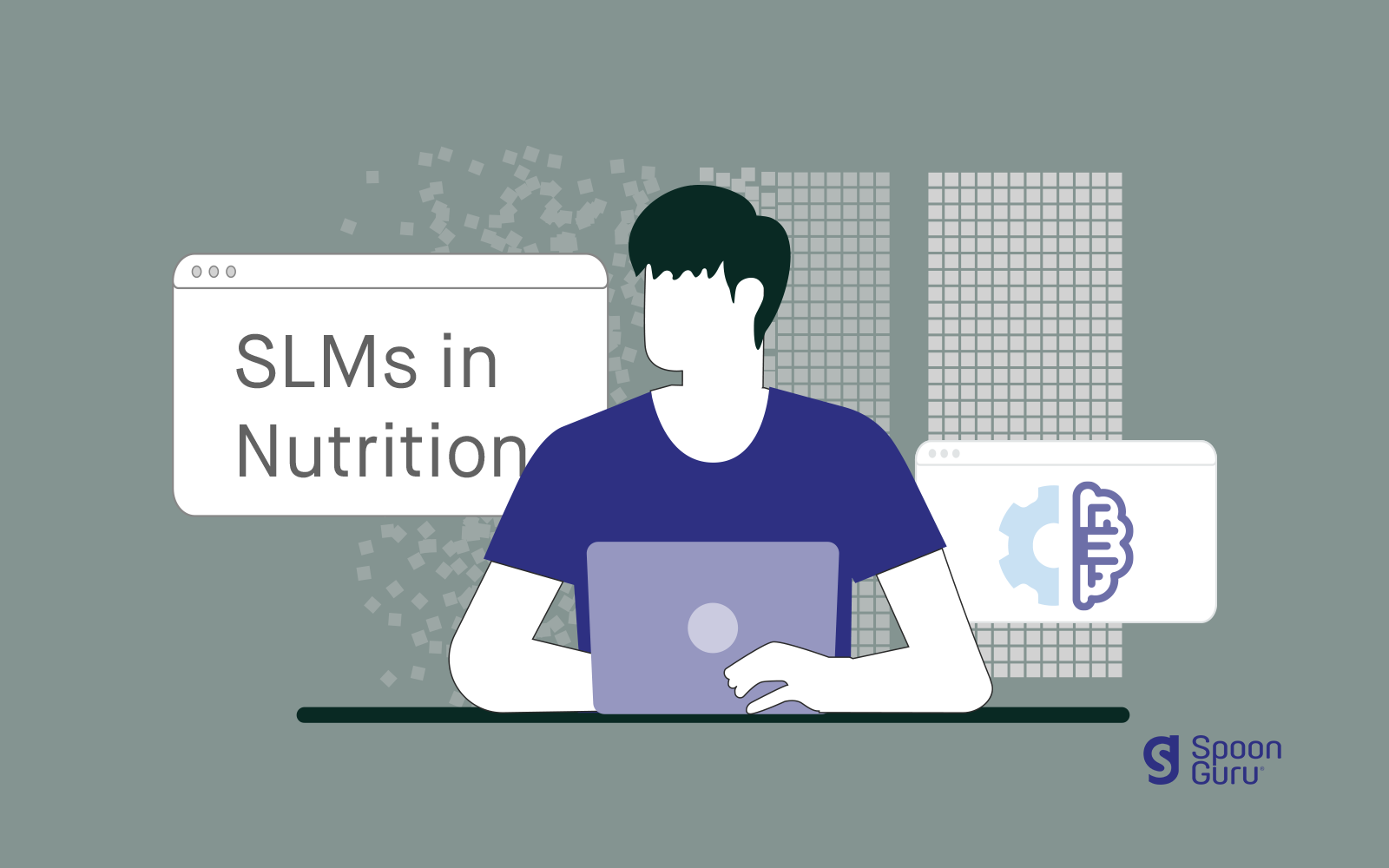Envision a world where every facet of your dietary experience is meticulously personalised, where recipe recommendations align with surgical precision to your dietary constraints, and where businesses seamlessly adapt to the ever-evolving tides of food trends. This vision, once relegated to the realms of imagination, now stands at the precipice of becoming a resounding reality, all thanks to Small Language Models (SLMs) within the sphere of food and nutrition.
In this immersive journey, we shall embark upon an exploration of the pragmatic applications of SLMs, poised to redefine the contours of the food and nutrition landscape.
Recipe Recommendations:
The food and nutrition industry has borne witness to an unprecedented surge in recipe recommendation platforms, primed to deploy Small Language Models (SLMs) as their indispensable cornerstone. These models meticulously consider user-specific dietary preferences, restrictions, and the availability of ingredients, harnessing this data to orchestrate the presentation of personalised recipes.
The ripple effect of this precision is discernible in heightened user satisfaction and the stimulation of wholesome dietary habits. SLMs will catalyse a culinary renaissance, one where individuals find solace in recipes that not only appease their palate but also cater scrupulously to their unique dietary requirements.
Meal Planning:
Meal planning within the confines of one’s home is on the precipice of a revolutionary transformation, courtesy of Small Language Models (SLMs). Users shall soon have the liberty to furnish their dietary objectives, allergenic profiles, and flavour predilections, with SLMs assuming the mantle of architects, meticulously formulating tailored meal plans.
This elevated degree of personalization shall profoundly redefine the manner in which individuals navigate their dietary regimens, culminating in the preservation of a health-conscious and nutritionally balanced lifestyle.
Dietary Trends Analysis:
Within the realm of the food industry, a perpetual flux of consumer preferences and culinary proclivities is a prominent hallmark. Small Language Models (SLMs) are the unsung heroes that undertake the arduous task of scrutinising massive datasets, unravelling patterns, and identifying emerging dietary trends.
Businesses, attentive to these insights, shall find themselves empowered to restructure product offerings and recalibrate marketing strategies. This foresight proves particularly germane in catering to the dynamic shifts in consumer preferences, such as the burgeoning demand for plant-based food alternatives.
Customer Interactions:
The ceaseless interactions of consumers on the digital platforms of social media and e-commerce represent a reservoir of invaluable information for businesses. Small Language Models (SLMs) are slated for seamless integration into the analytical engines that dissect this treasure trove of data, facilitating a granular comprehension of consumer sentiments and dietary inclinations.
The outcome is profound: businesses will curate their products and services in alignment with the needs and preferences of the consumer, ultimately engendering a superlative level of consumer satisfaction.
Small Language Models represent more than a mere technological stride; they are the architects of transformation, fundamentally altering the manner in which we engage with food and nutrition. Through the meticulous tailoring of recipes, the optimization of meal planning, and the illumination of dietary trends, SLMs guide individuals toward informed dietary choices while enabling businesses to anticipate and cater to the dynamic spectrum of consumer preferences.
In the age of SLMs, the culinary landscape shall metamorphose into a sanctuary of personalised nutrition and taste.
